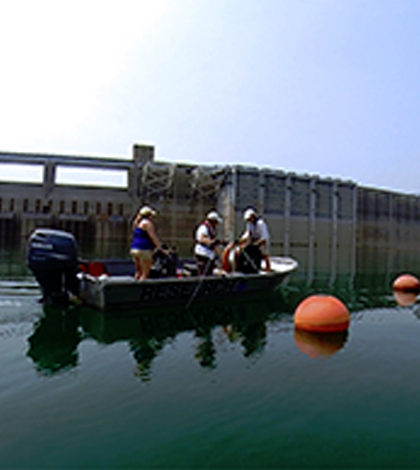Temperature Sensing Advances Thanks To Fiber Optics

Professor Scott Tyler works with students to deploy fiber optics around the world. (Courtesy of the University of Nevada, Reno)
This magazine has reported on the innovative research of Scott Tyler before. Tyler, a professor of hydrology at the University of Nevada – Reno, was using fiber optics at the time (December 2014) to more accurately and quickly measure the melt rates of the McMurdo Ice Shelf in Antarctica. He told us about the benefits of the relatively new approach, describing the colors bouncing off the cables as like “sparkles of dust in a room when you turn on a flashlight.”
Nowadays, Tyler is continuing to use the new research tool in all sorts of studies, according to a release. In addition to the Antarctic work, he’s taken the fiber-optic cables on Switzerland glacier expeditions, German coal mine reclamation projects and down into the salt marshes of San Francisco Bay.
The advanced cable sensor system uses light-scattering that passes through an optical fiber to achieve continuous and reliable temperature measurements. A laser sends and receives wavelengths along the fiber. By calculating the travel time of wavelengths, Tyler can calculate distance. The whole approach yields a distributed set of temperature measurements.
Top image: Professor Scott Tyler works with students to deploy fiber optics around the world. (Courtesy of the University of Nevada, Reno)





0 comments